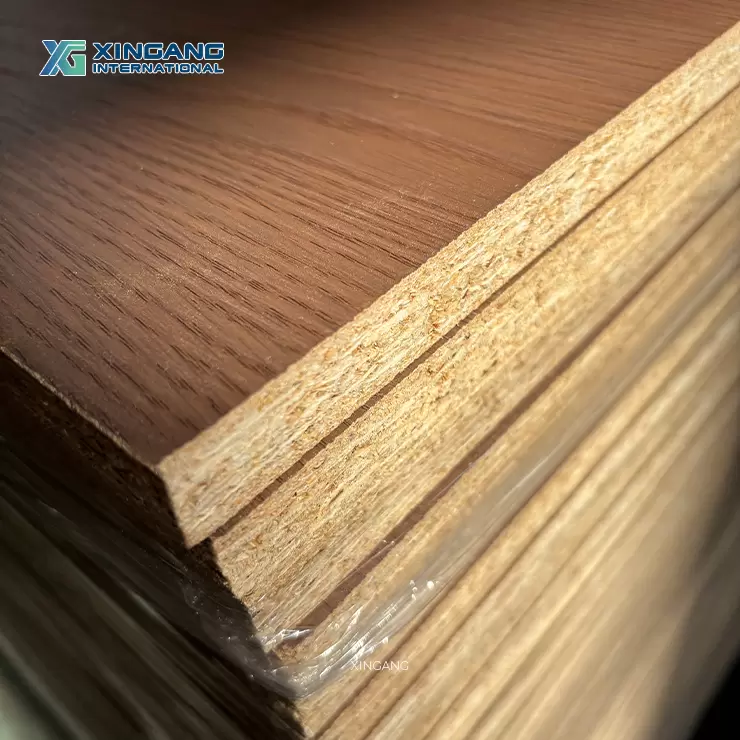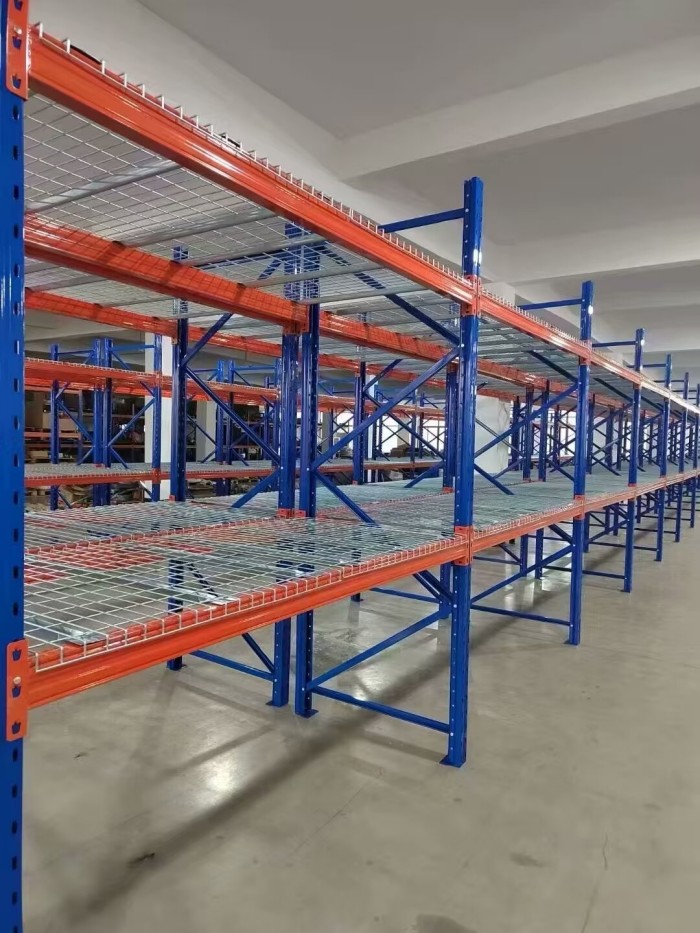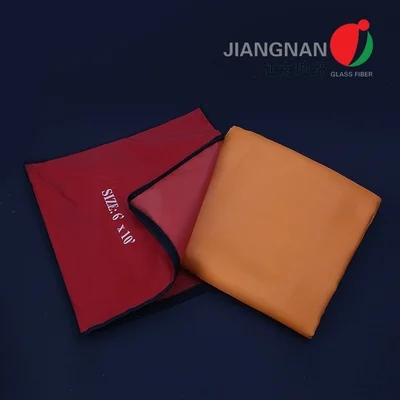Unveiling the Secrets: Materials Used for Internal Lining Across Industries

The question, What material is used for internal lining? is a broad one, as the answer varies significantly depending on the industry and application. From the automotive industry to construction, fashion, and even the food industry, internal lining materials play a crucial role in enhancing durability, safety, and functionality. This article will delve into the various materials used for internal lining across different sectors, highlighting their unique properties and applications.
Automotive Industry
In the automotive industry, materials used for internal lining, often referred to as 'trim,' include textiles, leather, vinyl, and thermoplastic polymers. These materials are chosen for their durability, aesthetic appeal, and ability to absorb noise. For instance, Alcantara, a synthetic material that mimics suede's texture, is popular in luxury vehicles due to its soft feel and durability.
Construction Industry
In the construction industry, internal lining materials are used to provide insulation, fire resistance, and soundproofing. Plasterboard, also known as drywall, is a common choice due to its ease of installation and cost-effectiveness. Other materials include plywood, fibre cement boards, and insulating materials like mineral wool or expanded polystyrene.
Fashion Industry
In the fashion industry, internal lining materials are used to provide structure, comfort, and a clean finish to garments. Common materials include silk, polyester, cotton, and rayon. The choice of lining material depends on the garment's purpose, the wearer's comfort, and the desired aesthetic.
Food Industry
In the food industry, internal lining materials are used in packaging to protect food products from contamination and extend their shelf life. These materials must be food-safe and often need to withstand high temperatures or acidic conditions. Common materials include aluminum, tinplate, and various plastic polymers.
Conclusion
The materials used for internal lining are as diverse as the industries they serve. They play a crucial role in enhancing the functionality, safety, and aesthetic appeal of products. As technology advances, we can expect to see new materials being developed and existing ones being improved to meet the ever-evolving needs of these industries.


